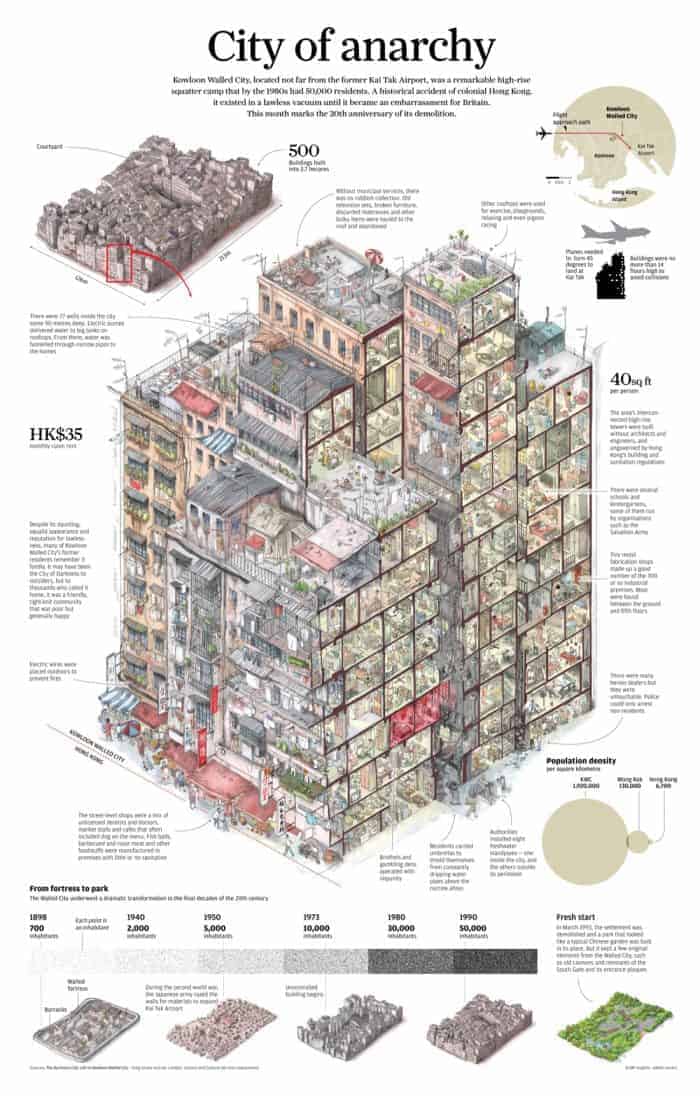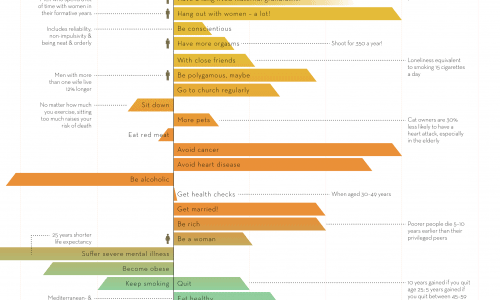
Following the occupation of China by England, a small portion of Hong Kong became an immensely dense (for its shape and dimensions) and fantastically unruly place. The 0.01 square mile area housed approximately 50,000 residents at the peak of its occupancy. Many buildings were over 10 stories, containing apartments with a common floorspace of 250 square feet- a size more associated with a single bedroom, let alone families of four. The makeshift city was known for its secret corridors and intensely interconnected alleyways. There were next to no building regulations imposed upon the perceived slum, so many structures lacked utilities, or even a sound building shell and foundation. The hidden staircases and passageways made it possible for a person to travel from one side of the city (almost more of a single complex made up like a patchwork quilt of unorthodox developments) to the other without stepping foot on ground.
The concentration of people that Kowloon City came to support began to grow continuously following Japanese occupation throughout World War II. The people living here came to form close relationships amongst one another, despite an eventual clustering of gang activity which fueled prostitution, drug trafficking, and gambling centers, and altered the perception of the place for surrounding neighborhoods. Population estimates guessed at a total population figure nearing 33,000 people living within Kowloon Walled City by 1987, the year it was forced to begin evicting its residents.
[via]





